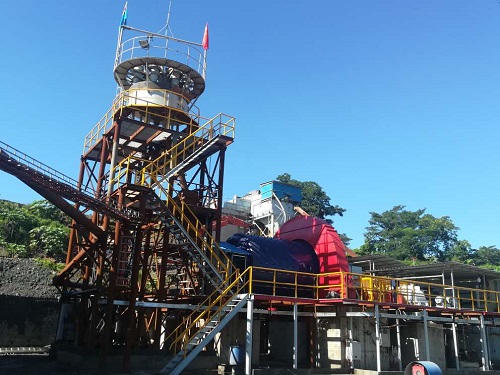Cyanation is a widely used gold recovery method from gold mines. The gold cyanide method started in 1887 and has a history of more than 100 years. Although about 85% of the world's gold is produced by cyanidation, the severe toxicity of cyanidation seriously harms the environment and human health.
In order to reduce environmental pollution, many scholars have studied the recovery method of cyanide-free gold. The most studied cyanide-free gold recovery methods include water chlorination, bromination and iodination, thiosulfate, thiourea and cyanide alternative gold recovery methods.
1. Water chlorination process
The gold leaching chemical reaction equation of this cyanide-free gold recovery method is as follows:
2Au + 3Cl2 + 2HCl→2HauCl4
The reaction shows that the gold is oxidized by chlorine and combined with chloride ions, hence the name hydrochloride gold leaching. The main oxidants used in the water chlorination process are chlorine and its oxo salts. Due to the high activity of chlorine, there is no passivation problem on the surface of the gold particles. Therefore, the leaching rate of gold is much faster than the cyanidation method.
2. Bromination and iodination process
The dissolution reaction of gold in bromide is as follows:
2Au + 3Br2 + 2Br-→2AuBr4-
The leaching mechanism of bromine-bromine is similar to that of chlorine-chlorine.
Research on gold recovery from raw ore by bromine-sodium bromide solution impregnation shows that the leaching rate of gold reaches 82% after impregnation for 15-20 days, and chlorine can be used to regenerate bromine. After leaching and calcining sulfur-containing gold ore with sodium chloride and bromine, the recovery rate of gold can reach more than 79%. Shaff filed a patent in 1881 for a bromine-based gold recovery method (US Patent 267,723), but this cyanide-free gold recovery method has not received attention until recent years due to changes in environmental protection and mineral properties. ore.

3. Thiosulfate method
The chemical reaction equation for gold recovery with thiosulfate is as follows:
2Au + 4S2O32- + H2O + 0.5O2 = 2Au(S2O3) 23- + 2OH- + S2O32
In this cyanide-free gold recovery method, the anodic dissolution mechanism of gold is that NH3 preferably diffuses to the surface of gold particles to synergize with gold ions to form ammonia ions, which enter solution and are replaced by S2O32- to form more stable gold. Thiosulfate ligand ion. In kinetic studies of thiosulfate gold leaching, copper and ammonia were found to be catalytic during gold leaching.
This cyanide-free gold recovery method has high leaching rates and low toxicity. However, the thermal stability of the thiosulfate system is poor, the consumption of leaching agent is large, and the allowable temperature fluctuation range is narrow, so the use is limited.
4. Thiourea method
The chemical reaction formula of this cyanide-free gold recovery method is:
Au + 2cs(NH2) 2 + Fe3 + → Au[Cs(NH2) 2] 2 + Fe2 +
The use of thiourea to leaching gold from ores has been around for over 50 years. Experimental studies have shown that thiouric acid solution has fast dissolving speed of gold and silver, low toxicity and easy regeneration. Mineral components such as antimony, arsenic, copper and sulfur that affect the gold cyanation process are not sensitive to the recovery method of gold thiourea. This cyanide-free gold recovery method is suitable for gold extraction from gold-bearing rough ores that are difficult to process by cyanation. Since the leaching process is done in an acidic medium, it is more corrosive to the equipment.
© 2021 Yantai KZ Mining Processing Technology & Equipment Inc.